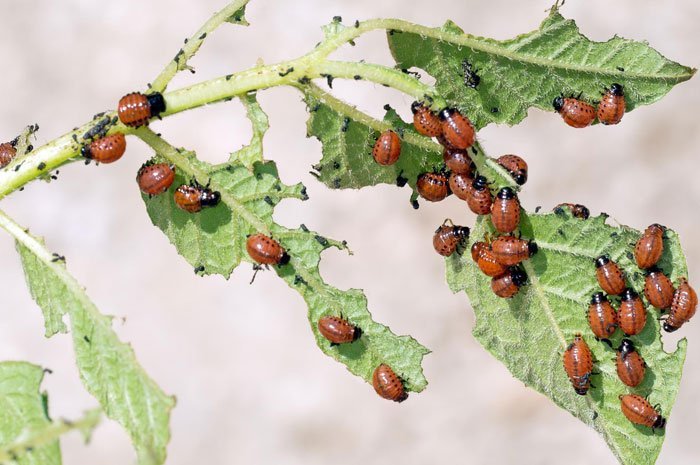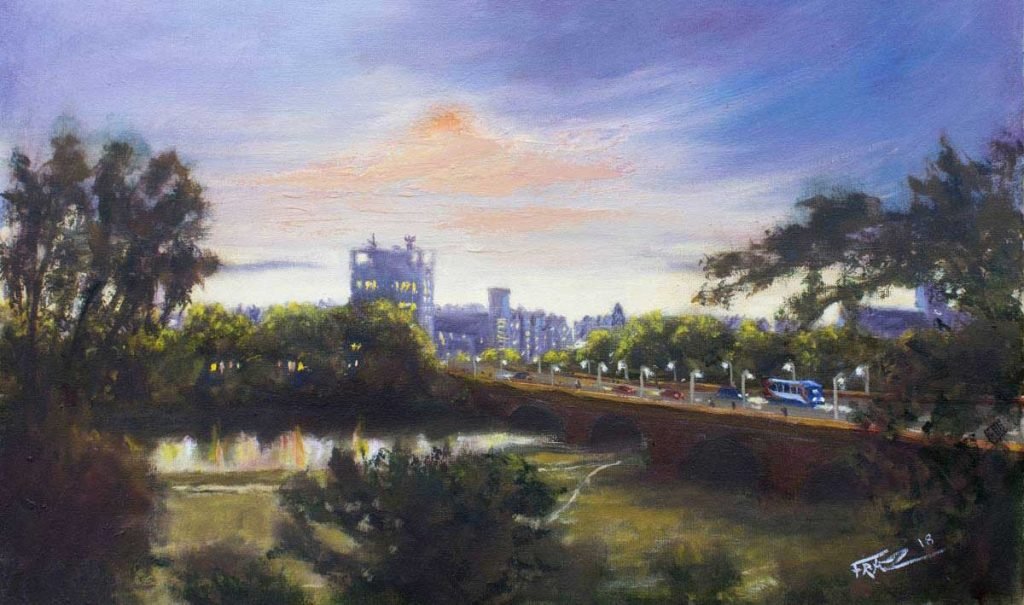However I thought that as my gardening readership is a responsible group who understand the vital role that horticulture has for our fragile environment it may be a good time to write on the subject.
The starting point for my article is a simple statistic: according to the RHS since 1999 the import of live plants into the UK has increased 71 per cent, and the value of such imports last year was a staggering £1.06 billion. The range of plants that we can now buy from garden centres is wonderful, and both myself and my clients benefit from this trade. Of course the more plants we import in theory at least, comes the risk of importing unwanted pests and diseases.

I read recently that there are now over a thousand pests and diseases on what is known as the UK plant health register – that is a sobering thought!
Brexit has brought about new challenges in relation to plant health. No longer can you go on holiday and bring back plants and seeds from another country. Before the 1st of January this year it was possible to bring into the country any plant that originated in the EU. Plants grown in Member states could move freely so long as they had been certified free from pests and diseases.
With the UK now outside the European Union new procedures apply and the documentation has changed. Now a phytosanitary certificate is required for virtually any plant or seed we would like to bring into the UK even for personal use. There are a few exceptions, but in general terms the certificate issued from whatever country your plant originates would be an assurance that the plant or plant material was safe – free from what are known as quarantine pests otherwise known as notifiable pests and diseases. That is to say pests and diseases which are generally absent from either all, or part of our country and if allowed to come in would cause terrible environmental and economic damage.
So with Brexit there are both challenges and opportunities. Opportunities I think to strengthen our control over the plants that enter our country and with it improve the ‘biosecurity’ of the UK. The issue is certainly being taken seriously by the Department for Environment Food and Rural Affairs (DEFRA). As long ago as 2014 it published ‘Protecting Plant Health: A Plant Biosecurity Strategy for Great Britain’
In essence it outlines just how important it is to keep pests and diseases out. We have already seen the effects of the fungus that causes ash dieback. And there are a myriad of others: Forest Research publishes an A to Z of tree species with almost every tree specie and the pests and diseases that effect them. It makes startling reading, and emphasises just how many non – native tree pests have been introduced into the UK in the last 20 years or so.
Some organisations such as the RHS feel the situation demands that certain plant groups that are susceptible to dangerous notifiable diseases such as Xylella fastidiosa should not be allowed to be exhibited at RHS Shows. The only exception being if they are grown in the UK. Some of these are very common such as Lavender, Hebe, Cherries and plums, Rosemary and Spanish broom. The RHS in essence promotes the use of UK grown and sourced plants/materials.
So the message is that we all have a role to play making sure that the plants we buy are from reputable sources and that we keep a look out for pests and diseases. If you think that a pest or disease is notifiable contact the Animal and Plant Health Agency (APHA).
Happy gardening
Author: DAVID FLETCHER
David Fletcher MCIHort is a fully qualified member of the Chartered Institute of Horticulture, and has been a gardener most of his life, both as a professional and an amateur.






